- The story behind Farmer's goal celebration antics
- Key stats v West Coast
- Purple Patch: The matchups v West Coast
The moment when St Kilda champion Nicky Winmar stood proudly against racist abuse at Victoria Park in 1993 has been immortalised in bronze outside Perth's Optus Stadium.
Winmar was joined by AFL CEO Gillon McLachlan and WA premier Mark McGowan at the unveiling of the statue ahead of RAC Derby 50 on Saturday.
A number of Fremantle representatives and past players were in attendance for the statue unveiling of Winmar, a Noongar man who enjoyed a successful WAFL career at South Fremantle between 1983 and 1986 before joining St Kilda in the AFL in 1987.
Fremantle’s no.1 ticket holder Dr Richard Walley opened proceedings with a welcome to country, with Fremantle president Dale Alcock, CEO Steve Rosich, senior Noongar woman and board member Colleen Hayward, and Indigenous and multicultural liaison officer Michael Johnson present.
A number of Johnson’s former teammates at Fremantle were also invited guests, including Dale Kickett, Troy Cook, Des Headland and Antoni Grover.
Johnson said that it would have also been fitting to see the statue erected in Melbourne, but he felt pride in seeing Winmar honoured on Noongar land.
“Being an Indigenous boy growing up and remembering that moment, it’s something special,” Johnson said.
“It’s an awesome experience to be here and see how many people are here to represent St Kilda as well as the Indigenous and Noongar people.
“Where it sits, it’s a perfect spot in front of Optus Stadium and especially when you come across the Matagarup Bridge, everyone can see it.
“It’s important it’s in WA, it’s where he's come from. It’s his land, he’s a Noongar man and it’s here along the river and the story of him being an Indigenous, Aboriginal and Noongar man from Pingelly, it’s not just for him, it’s also for where he’s come from, his family and football in general.”
Johnson said that Winmar’s courage to build a career in AFL, while standing up to racism, helped pave the way for the following generations of Indigenous players.
“Nicky had to move away from South Fremantle, away from his friends and family and shift over to Melbourne and follow his dream of playing AFL footy in a time when racism was at its height,” Johnson said.
“It means a lot to the Noongar mob, what he’s done. You can go through all the different names, Michael O’Loughlin, Che Cockatoo-Collins, Gavin Wanganeen, all those guys played at a tough time and they’ve just made it a lot easier for young Noongar men like myself to come through.
“These guys have led the way to make it a lot easier to transition into the AFL system.”
In his speech prior to the unveiling, Winmar said that the statue was for all Australians.
"(The abuse) hurt me, it always has. I don't understand it, personally. Footy is for everyone, this statue is for everyone," Winmar said.
"I am very happy. I had a few tears earlier when I saw my family and loved ones and my dad's brothers are here and my mum's family.
"I hope they look after it for me. I did get fond of it back home where it was in Melbourne, I was going to keep it, but it found a home.
"This is here for everybody to come and tell their next generation about the respects of persons and the people we are.
"We've still got a long way to go. It's a fight that will go on for a long time."
McLachlan paid tribute to the courage of Winmar and Indigenous teammate Gilbert McAdam, who also played on that day at Victoria Park.
"It's a great moment for Nicky, for football, for Indigenous Australia and hopefully the broader community," McLachlan said.
"It's an iconic moment and it's fantastic it's recognised so dramatically in such scale here.
"I think sport, generally, plays an incredibly important role in having the conversation (about racism), showing leadership and moving the conversation forward.
"The leadership and courage of Nicky and Gilbert McAdam that day sparked a conversation.
"To put it up in lights like this means a lot of people can continue to have a conversation when they see it."



